Bali, the Island of the Gods, is renowned worldwide for its rich cultural heritage, vibrant arts scene, and exquisite handicrafts. Among the many traditional architectural elements that embody Balinese culture, the Bale Dangin stands out as a significant pavilion that reflects the island’s artistic spirit and communal traditions. This article explores the historical roots, architectural uniqueness, and cultural significance of Bale Dangin, highlighting its intimate connection to Bali’s handicrafts and arts.
What is Bale Dangin? An Introduction
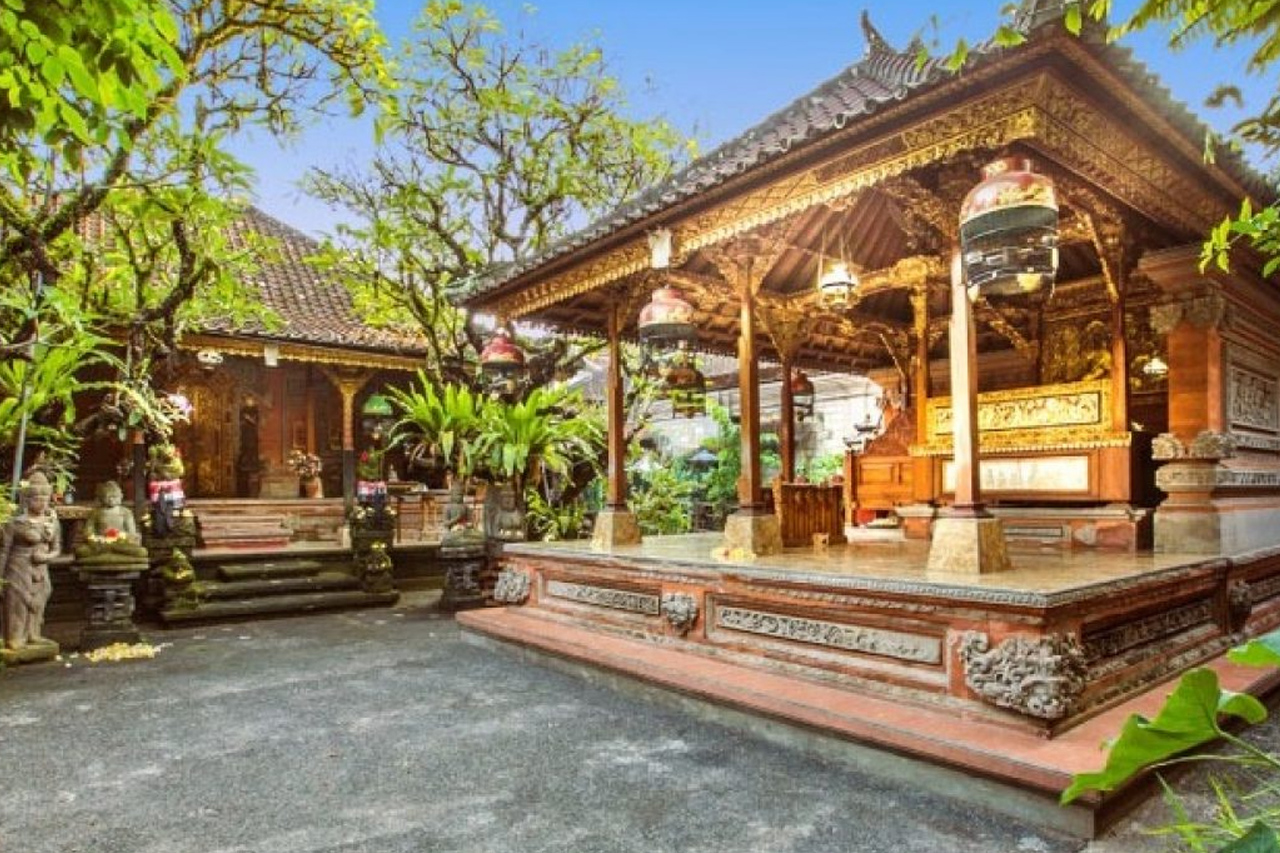
The term Bale Dangin refers to a traditional Balinese pavilion or open-air structure typically found within Balinese family compounds or village settings. It is also known as Bale Gede in some contexts. Positioned on the east side (the "dangin" direction in Balinese cosmology), this pavilion serves as a multifunctional space for family gatherings, religious ceremonies, and cultural activities.
Unlike enclosed buildings, Bale Dangin is characterized by its open design, often featuring a roof supported by wooden pillars with one solid wall at the back. This architectural style allows for natural ventilation and a harmonious connection with the surrounding environment, which is a hallmark of Balinese design philosophy.
Historical Background of Bale Dangin
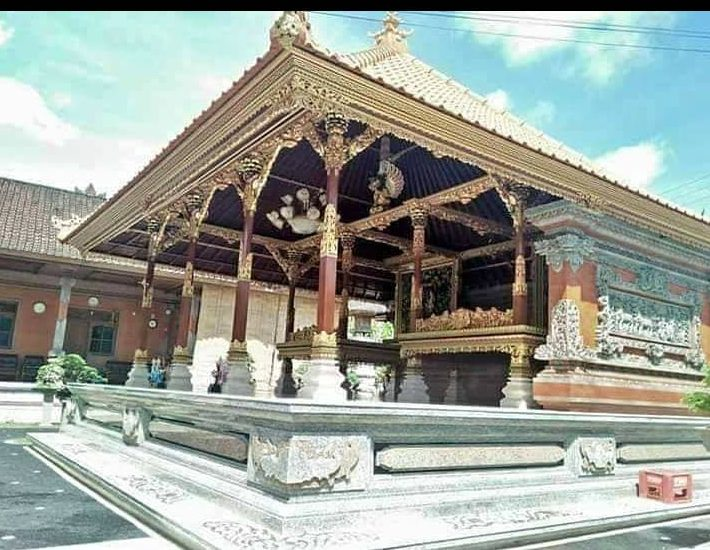
The origins of Bale Dangin are deeply rooted in Balinese Hindu traditions and the island’s unique spatial concepts. Balinese architecture is heavily influenced by the Tri Hita Karana philosophy, which emphasizes harmony between humans, nature, and the spiritual realm. The placement of Bale Dangin on the east side of a compound aligns with this philosophy, symbolizing the direction of the rising sun and spiritual purity.
Historically, Bale Dangin served as a sacred space for family elders and was often used for important rituals, storytelling, and the preparation of offerings. It was also a place where artisans and craftsmen would gather to create and display their works, making it a cultural hub within the community.
Architectural Features of Bale Dangin
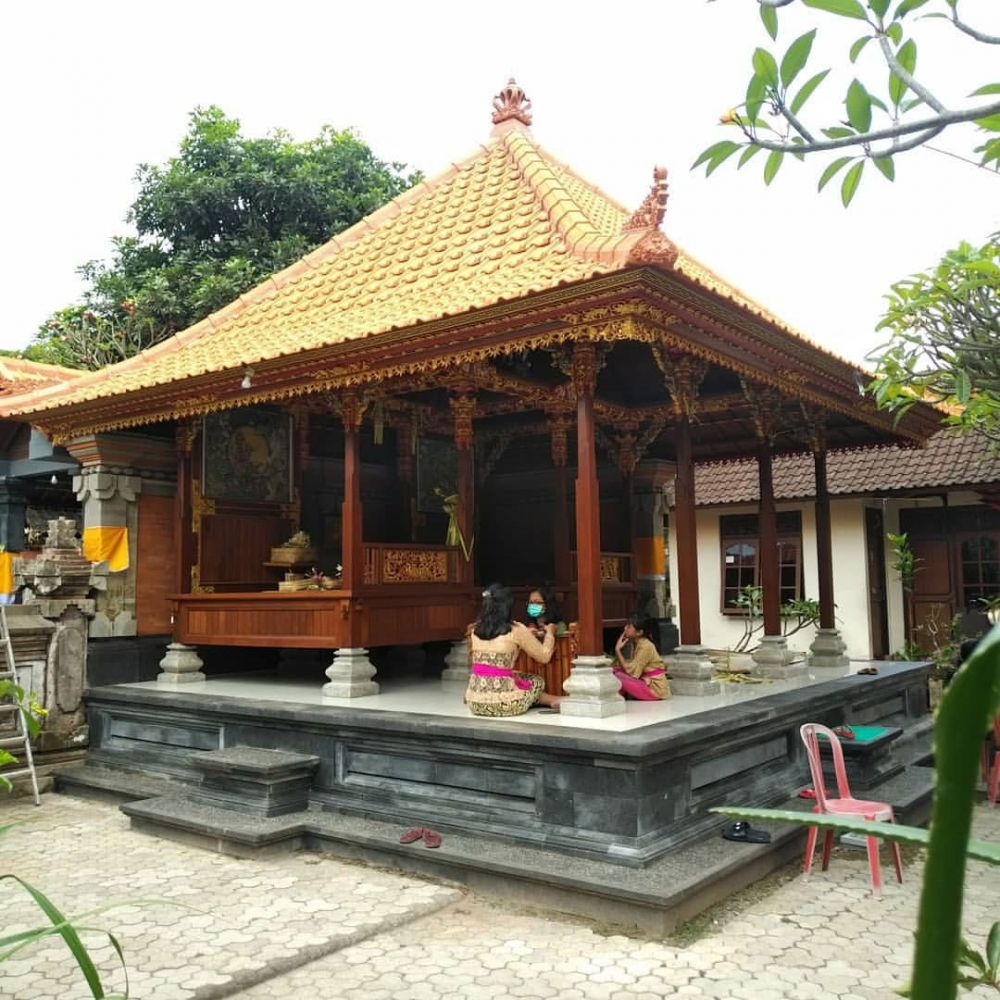
Bale Dangin’s design is a perfect blend of functionality, spirituality, and artistry. Key architectural features include:
- Open-Air Structure: The pavilion is open on three sides, allowing for airflow and interaction with nature, while the back wall provides privacy and protection.
- Wooden Pillars and Carvings: The supporting pillars are often intricately carved with traditional Balinese motifs, showcasing the island’s masterful woodcarving arts.
- Thatched or Tiled Roof: The roof is typically made from alang-alang grass or terracotta tiles, shaped in a tiered style that reflects Balinese aesthetics.
- Raised Platform: The floor is elevated to protect against moisture and pests, and to signify the sacredness of the space.
- Central Wooden Bed (Tempat Tidur): In some Bale Dangin, a large wooden bed or platform is placed on the east side, used for resting or ceremonial purposes.
These architectural elements not only serve practical needs but also embody the artistic expression and spiritual values of Balinese culture.
Bale Dangin’s Role in Balinese Arts and Handicrafts
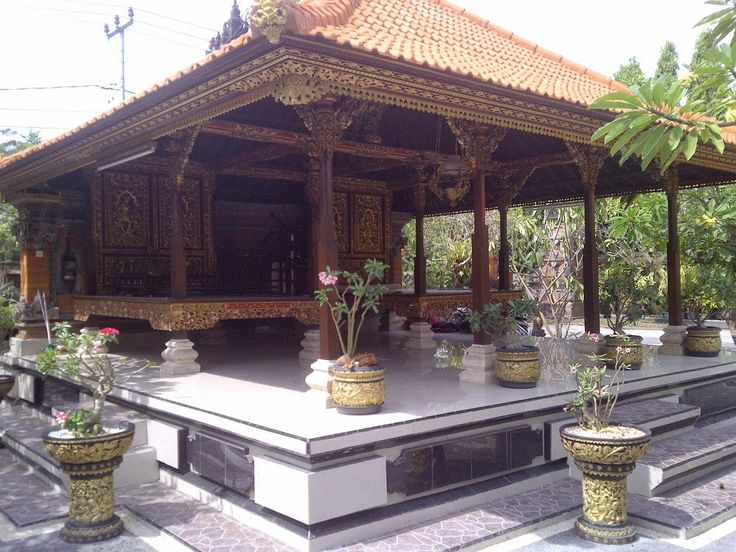
Bale Dangin is more than just a pavilion; it is a living space where Balinese arts and handicrafts flourish. Traditionally, it has been a gathering place for artisans specializing in woodcarving, painting, weaving, and other crafts. The pavilion’s open design facilitates communal creativity and the sharing of skills across generations.
- Woodcarving: The wooden pillars and beams of Bale Dangin are often adorned with elaborate carvings depicting mythological stories, floral patterns, and symbolic motifs. These carvings are crafted by skilled local artisans, reflecting Bali’s rich woodcarving heritage.
- Textile Arts: In some villages, Bale Dangin serves as a workshop for weaving traditional fabrics such as ikat and songket, which are integral to Balinese ceremonial attire.
- Painting and Sculpture: The pavilion also acts as a space for painters and sculptors to create religious and cultural artworks that decorate temples and homes.
- Handicraft Exhibitions: During festivals and ceremonies, Bale Dangin may be used to display handicrafts, allowing visitors and locals to appreciate and purchase authentic Balinese art.
By nurturing these artistic traditions, Bale Dangin plays a vital role in preserving Bali’s cultural identity and supporting the local handicrafts economy.
Modern-Day Relevance and Preservation
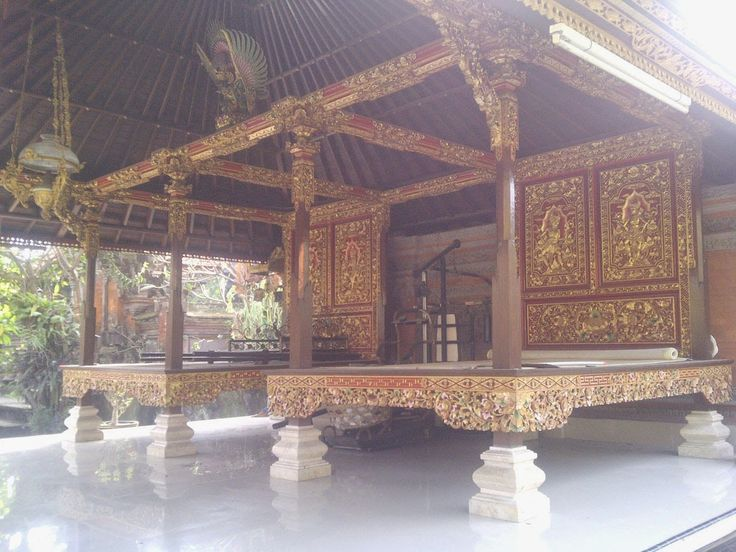
Today, Bale Dangin continues to be an essential part of Balinese village life and cultural tourism. Many traditional compounds maintain their Bale Dangin as a symbol of heritage and community pride. Additionally, cultural centers and museums in Bali often feature Bale Dangin-style pavilions to educate visitors about Balinese architecture and arts.
Efforts to preserve Bale Dangin include:
- Restoration Projects: Local communities and cultural organizations work to restore and maintain these pavilions using traditional materials and techniques.
- Cultural Workshops: Artisans conduct workshops in Bale Dangin to teach handicrafts and arts to younger generations and tourists.
- Tourism Integration: Bale Dangin is incorporated into cultural tours, allowing visitors to experience authentic Balinese arts and crafts in their traditional setting.
These initiatives ensure that Bale Dangin remains a vibrant symbol of Bali’s artistic heritage and communal values.
Conclusion: Exploring the Heart of Balinese Culture through Bale Dangin
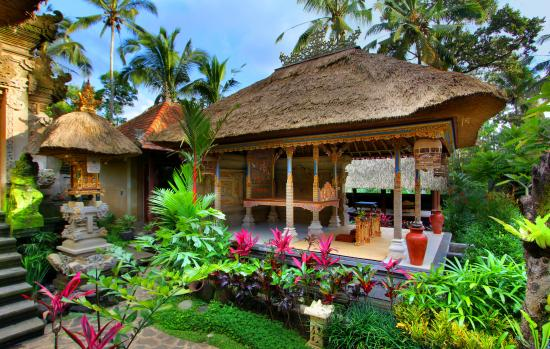
The Bale Dangin is much more than a traditional pavilion; it is a cultural beacon that embodies the artistic soul and historical depth of Bali. From its architectural elegance to its role as a nurturing ground for handicrafts and arts, Bale Dangin offers a unique window into the island’s rich traditions.
For anyone interested in Balinese culture, visiting a Bale Dangin provides an immersive experience into the island’s craftsmanship, spirituality, and community life. Whether you are an art enthusiast, a history lover, or a curious traveler, the Bale Dangin invites you to discover the timeless beauty and creativity that define Bali.